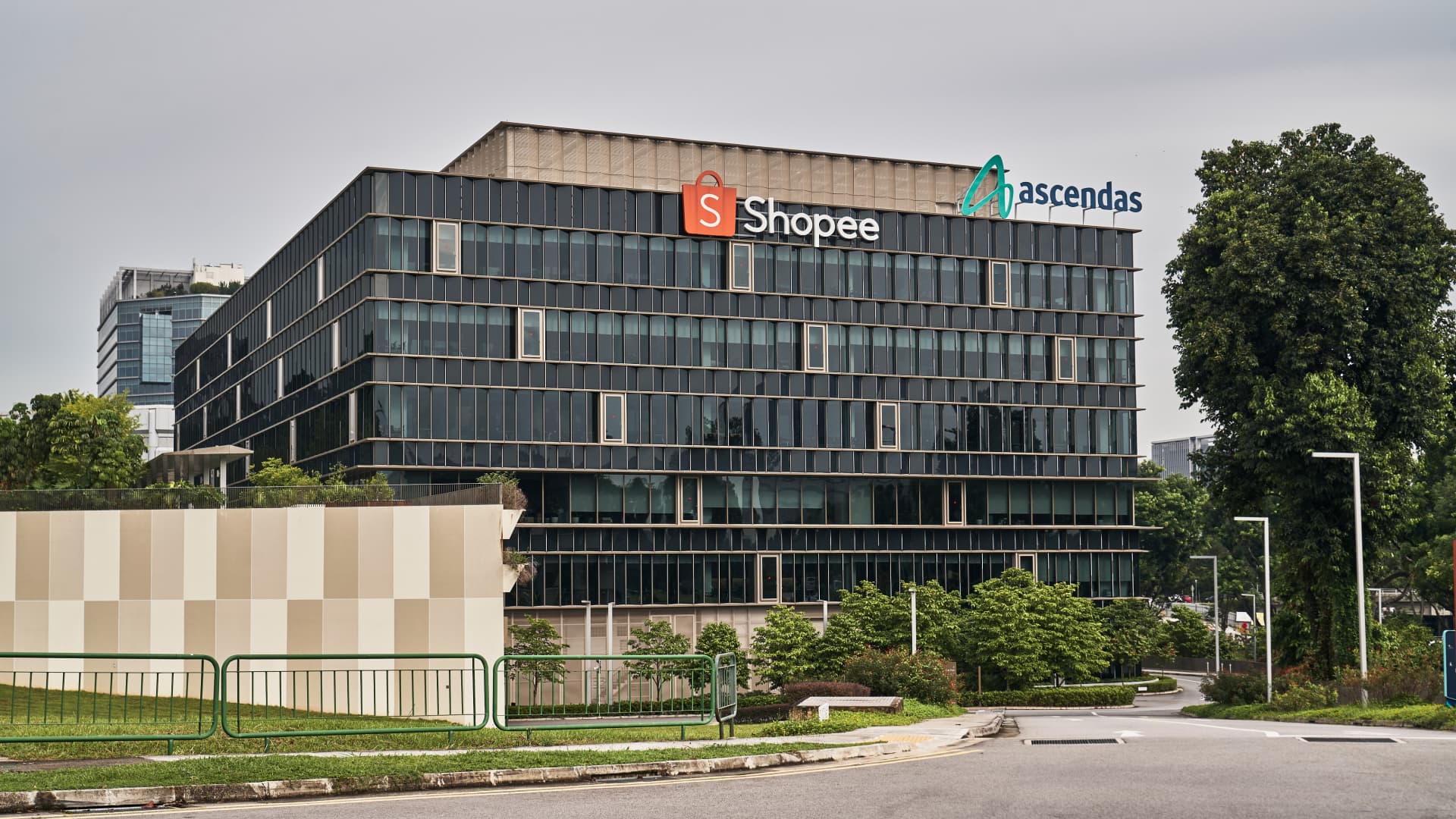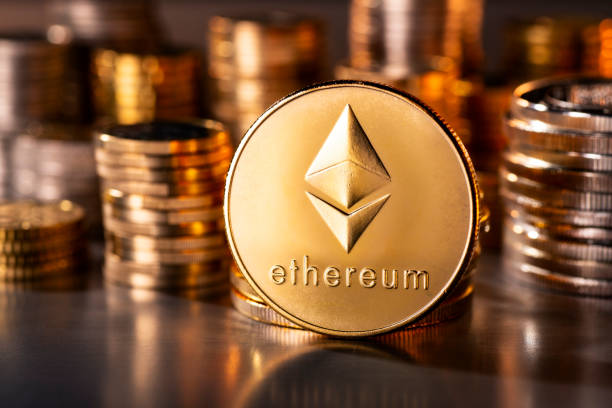Illustration of the SK Hynix company logo seen displayed on a smartphone screen.
Sopa Images | Lightrocket | Getty Images
South Korea’s SK Hynix on Thursday topped quarterly revenue and operating profit estimates, with demand for its high bandwidth memory offerings used in generative artificial intelligence chipsets remaining robust.
Here are SK Hynix’s first-quarter results versus LSEG SmartEstimates:
- Revenue: 17.64 trillion won ($12.36 billion) vs. 17.26 trillion won
- Operating profit: 7.44 trillion won vs. 6.62 trillion won
Revenue rose about 42% in the March quarter compared with the same period a year earlier, while operating profit surged 158%, year on year.
On a quarter-on-quarter basis, revenue dropped 11%, while operating profit fell 8% from a record high in the December quarter.
The company warned that macroeconomic uncertainties including tariff policy have created demand volatility that will impact the second half of the year.
SK Hynix is a leading supplier of dynamic random access memory — a type of semiconductor memory found in PCs, workstations and servers that is used to store data and program code.
In its earnings release, SK Hynix said that its first-quarter profits demonstrated AI’s impact in the memory market as well as company’s leading position.
The memory chipmaker expects Big Tech’s spending on AI to continue, with the ecosystem’s expansion to be driven by open-source AI model offerings, and “sovereign AI projects” that will stoke memory demand.
SK Hynix has benefitted from a boom in artificial intelligence servers as a key supplier of high bandwidth memory, or HBM — a type of DRAM used in artificial intelligence servers — to clients such as the U.S. AI darling Nvidia. Micron Technology and Samsung Electronics are the other players in the space.
A report from Counterpoint Research earlier this month said that SK Hynix had captured 70% of the HBM market by revenue share in the first quarter.
This HBM dominance helped it overtake Samsung in the overall DRAM market for the first time ever, with a 36% global market share as compared to Samsung’s 34%, the report added.













